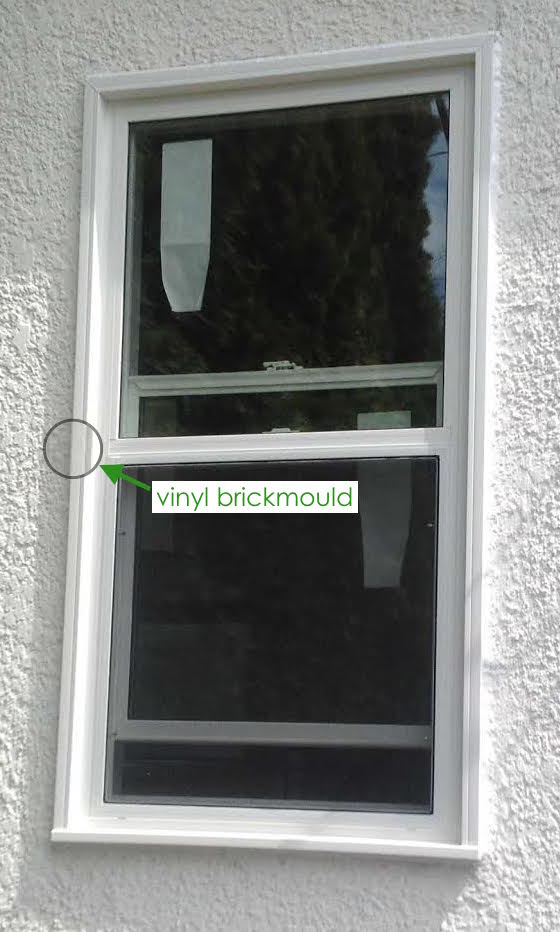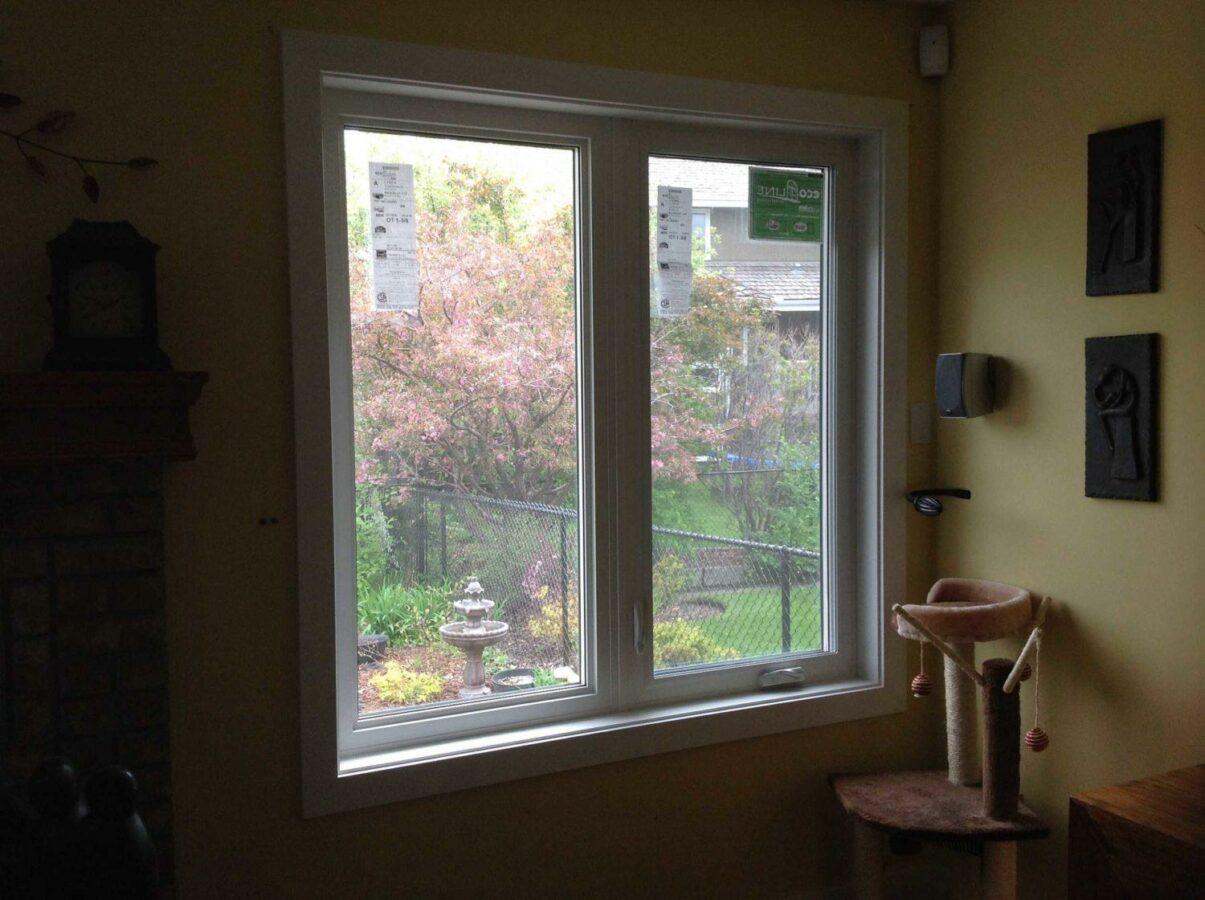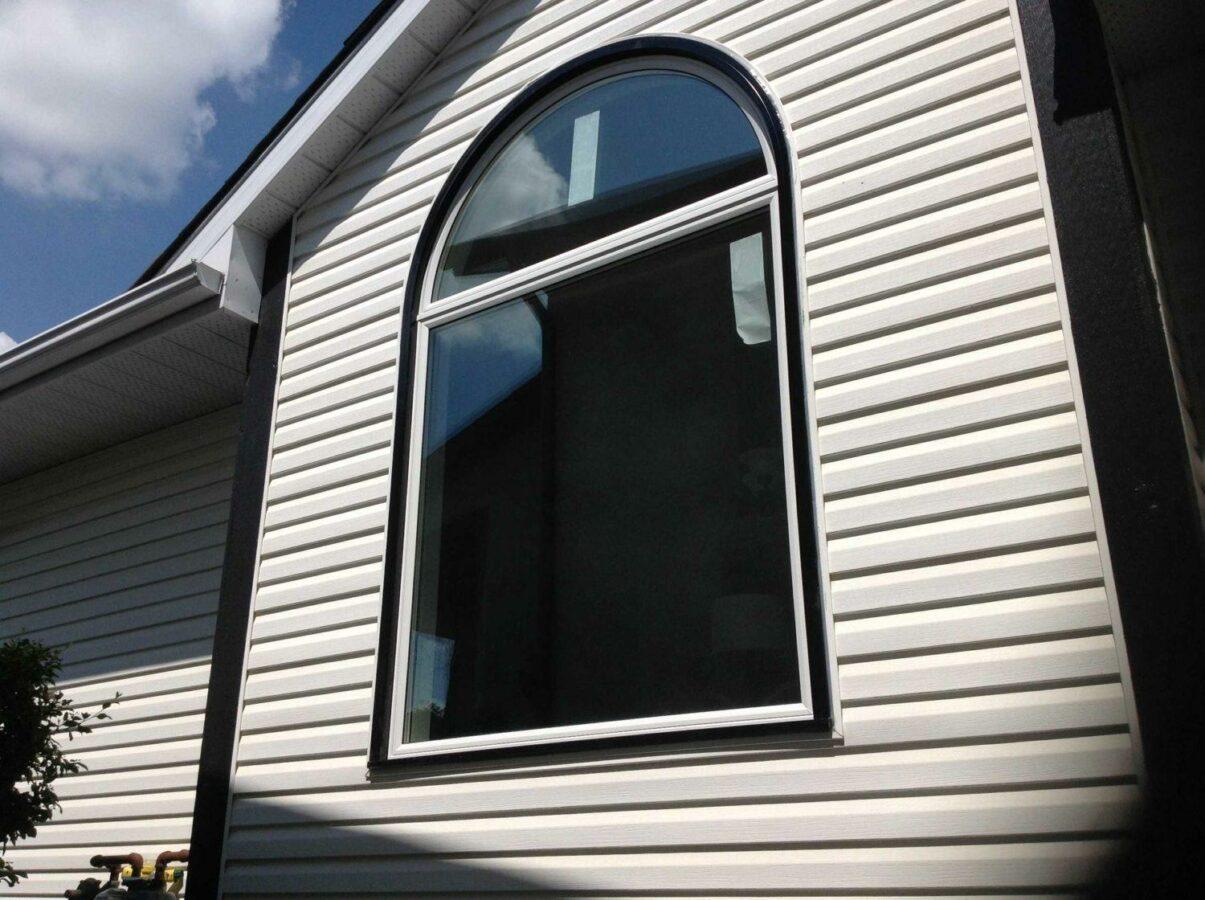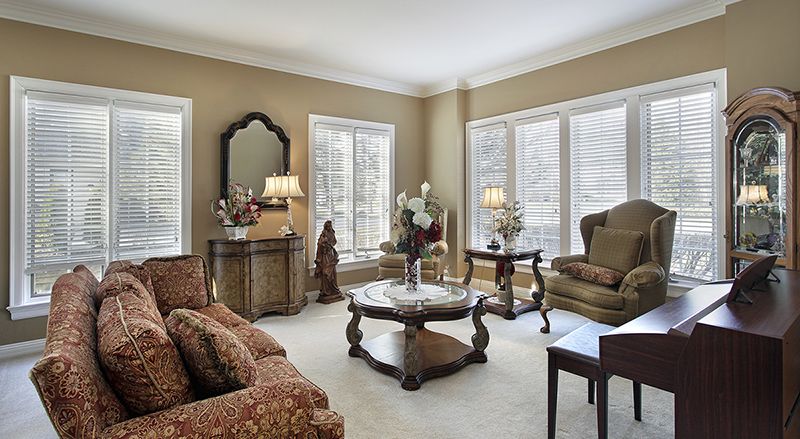Picture a scenario. Three companies come to your home to do a window replacement estimate. Two of the companies similar quotes, but the third one, whether by means of discount, promotion or negotiation, provides you with a quote that’s several thousand dollars less than the other two. All three companies swear that their vinyl windows are of the highest quality and their window installers are the best in the city. Who are you most likely to go with?
When it comes to replacement windows, the old saying is true: you get what you pay for! Yet we have to bring it up with bargaining customers over and over again when we get asked “why are your windows much more expensive than X, Y, and Z company’s?” Unfortunately, there are too many companies in the window industry who benefit greatly from unsuspecting and unknowing customers. And while to you a window is a window, and even after it is installed you may not know the difference, there are numerous ways in which companies can leave you with a lesser product or workmanship than you paid for.
You can prepare yourself by doing some initial research into what a window installation entails, how different windows work and benefit your home, and what’s the best way to protect your window investment. To ensure your window replacement is successful, it is important that quality windows are used, that they are installed properly, and that your windows have a good warranty that will protect them for their lifetime. All these things contribute to the final price of your window replacement, and can make the difference of thousands of dollars. Let’s break it down further, and see why some windows cost more than others.
Should you really replace your windows?
It may sound absurd for a window company to say, but not all window problems require a replacement. Most often window problems can be repaired, patched up, or fixed with parts rather then a whole new window. Of course, if your windows have visible signs of water damage, or you suspect rotting around them, or the window is simply too old and isn’t holding together anymore, it may be time for replacement. Check out this video to determine how to recognize if your windows need to be replaced:
Does your window installation need a permit?
Permits are usually required for any work that disturbs or alters the physical structure of the building, or its weight carrying capacity. If you are replacing windows with the same sized ones, or are doing a retrofit installation, you do not need a permit for your window replacement. If you are planning to expand your windows sideways, the work will require studs to be cut, and you should look into getting a permit for your window replacement.
You can find local permit information at these links:
Building permits in Calgary
Building permits in Winnipeg
Building permits in Edmonton
Building permits in Regina
Window Installation: Retrofit vs. Full-Frame
Before you start thinking about which windows to get it is important to understand which installation type will be ideal for your home. There are two common ways to replace windows: a full-frame replacement, or a retrofit.
In simple terms: in a full frame installation all the window parts get replaced down to the construction frame. The construction frame is also checked for damages, mold, or moisture. Your custom windows get outfitted with new brickmoulds, jambs, and trim. These vinyl components inside the window do not deteriorate over time and are easy to maintain and replace. These components are often a substantial part of the price in the full-frame replacement, but they also ensure a more thorough and proper installation.
In a retrofit replacement, all the window parts are left intact, only the glass and frame is replaced. The original wood stays around the window, and there is no checking of the construction frame. This can often leave the structure susceptible to moisture and rotting. The outside finish of the windows is often done with aluminum capping or caulking.
Because of the additional labour and materials required for a successful full-frame replacement, these installations can cost as much as 15-20% more than a retrofit.
Remember the anecdote from the introduction to this post? That window package that costs several thousand dollars less? Chances are, it is an insert/retrofit installation being sold as a full-frame replacement. Some companies simply don’t mention how your windows will be installed, hoping you haven’t done enough research to ask. Others may tell you that the installation will be of high quality, failing to mention what kind of installation it is in the first place. They do it to maximize their profit, without actually addressing the homeowner’s needs.
Difference in Exterior Finish


Difference in Frame Replacement


Retrofit installations are ideal for homes where the frames haven’t begun to deteriorate and aren’t showing signs of moisture damage or rotting. This is often the case with old windows built from quality old-growth wood. Even then, aluminum capping used with retrofit windows is a quite dated and a less than ideal solution for the longevity of your new windows. Capping can still allow moisture in, and the wooden frame underneath it is not allowed to breathe properly, making it susceptible to mold.
There are Canadian window companies that specialize only in full frame installations, and ones that do both kinds. Although we prefer full frame replacement because it is more thorough and there are fewer problems with it down the road, there are still instances when we recommend insert installation to our prospective clients. Unlike other companies, we want to make sure our clients know exactly the kind of installation they are paying for, and exactly what they are getting. Whether we recommend a full-frame replacement or a retrofit, we will never try to pass a lesser installation for a full-frame.


Window Styles: Crank vs. Slider
Just like there are two main types of window installations, there are also two main types of window types based on how they function: crank and slider.
Crank Windows (Casement and Awning)
Crank vinyl windows are the most efficient option. In these windows, the operable sash opens away from the window frame on an angle. They also utilize a mechanism to “crank” the window with a handle. The mechanism significantly reduces the amount of force required to open and close the window. But what truly makes crank windows the best choice, are the compression seals these windows rely on for efficiency. When a crank window is closed, the compression seal evenly fills the gap between the sash and frame making the unit airtight and preventing heat loss.
Slider Windows
Slider windows are not as efficient as crank windows because they don’t rely on compression seals for efficiency. Because in sliding windows the sash moves inside the frame, the weatherproofing material has to be more malleable. That’s why most slider windows rely on bristled weatherstripping to prevent heat from escaping through the window. Weatherstripping is not as efficient as compression seals, and as a result slider windows don’t match the performance levels of cranks.
Because of the additional efficiency features in cranks windows, this window style can cost 15-20% more than slider windows. While slider windows don’t initially match the performance levels of casements or awnings, it is possible to improve the window’s performance with additional efficiency features like Low-E coatings, additional glass panes, or ETI foam inside the window frame.

Picture Windows
Although operable windows are ideal for home replacements because they combine functionality and efficiency, you don’t always have to get crank or slider windows. Picture windows are an inoperable window style. Windows that don’t open are more efficient than operable ones and can be used in a combination with casements and sliders or on their own. These windows are also good to consider if there are multiple windows in a room. That way some of your windows can be operable for ventilation, and some fixed to provide views and efficiency.

Window Warranty
So you figured out what type of installation is best for you. Maybe even got some ideas for window styles that fit your budget. How do you ensure that the replacement you’re undertaking will last as long as possible. Unfortunately, too many homeowners leave this question after reading the words “lifetime warranty.” But very few actually know what it means.
When it comes to windows, the term “lifetime” doesn’t refer to your lifetime, or even the lifetime of the home. It refers to the expected lifetime of a product. Because the expected lifetime of vinyl windows is around 25 years, most “lifetime” warranties will cover your window for close to that period.
Another thing to keep in mind, even though the window is covered under warranty, not all the window components are covered for the same periods of time. It is important to know how long the window company will cover the vinyl extrusions, insulated glass units, and labour problems associated with the window installation. For example, Ecoline Windows covers vinyl extrusions for 25 years, insulated glass units for 25 years, and offers a 5 year warranty on labour.
Learn more about replacement windows:
Find out how much a new window project should cost
See our full line of vinyl replacement windows
Check out why you can purchase with confidence when you buy Ecoline Windows

